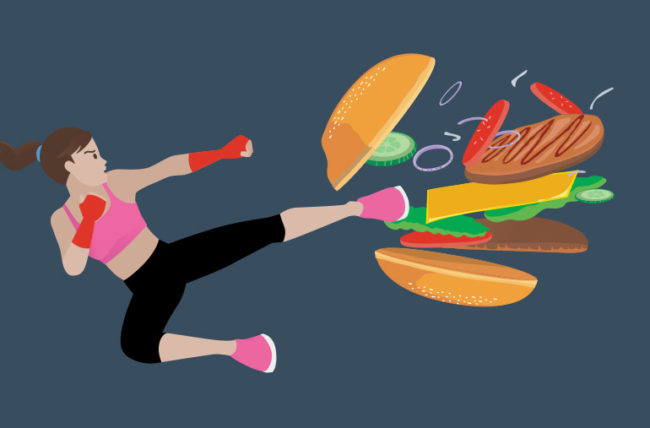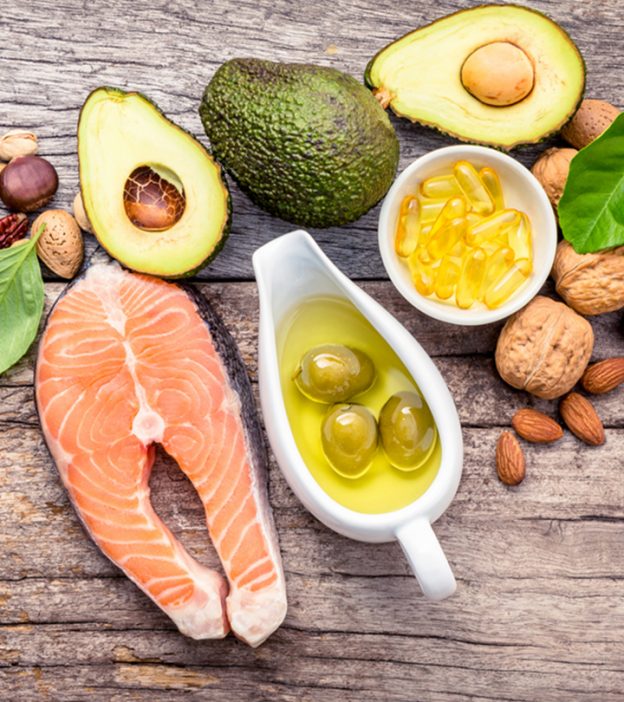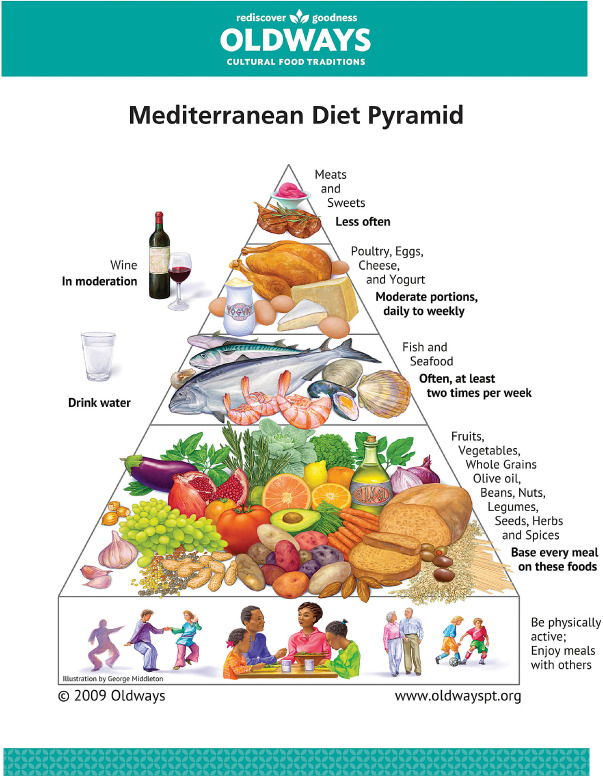
Here's a quick workout that you can do in five minutes. In five minutes, you can do 50 different exercises. Take a look at Don Saladino's 5-minute abs routine and Alicia Archer's whole-body strength workout. You can also find 5 minute online workouts.
50 exercises that can be done in 5 minutes
Adopting a workout program can be difficult. It can be hard to find the time to do all of the exercises. However, you can do a great work out in five minutes with some simple exercises. These exercises can be used to target all major muscles groups and aid in loosening your joints.

By performing the deadlift, you can strengthen your back and core. Meg Takacs is the founder of Run With Meg. She recommends this all-body exercise. The deadlift works almost all muscles in the body. It is especially useful for lower-back injuries.
Stand on one foot for this exercise. Your right leg will be extended straight out if you bend the knee of your left foot. While keeping your knee bent, keep your hips flat. You can repeat this for 15 seconds.
Alicia Archer's full strength workout
Alicia Archer's total-body fitness program is designed to get your body moving and sweating. You will need a yoga mat, and plenty of space for movement. The goal is to improve strength, flexibility and posture. It takes approximately 30 minutes to complete. If you want a full-body strength workout that will also leave you looking and feeling fantastic, then this is the program for you.
Don Saladino's 5-minute abs routine
Don Saladino is a celebrity trainer. He has sculpted the bodies for many celebrities like Blake Lively (Blake Lively), Hugh Jackman (Hugh Jackman) and David Harbour. Learn his easy, yet challenging, 5-minute abs routine. Whether you're looking for a total body workout or just a quick fix for your flat abs, Don Saladino has got you covered.

Stand straight with your arms extended. When your core muscles engage, you will tip forward from the hips to reach your left foot with your right hand. This position should be held for 60 seconds. You can also position your hands behind and above your head. The goal is to engage your glutes, hamstrings, and low back.
FAQ
Why not lose weight before your 40th birthday?
For people over 40, maintaining good health and fitness are essential. It is important to stay fit throughout your life. This includes regular exercise, eating right, not smoking, moderate alcohol, and regular exercise.
It is also important that you understand that as we age, our bodies undergo changes. Our bones become weaker, and our muscles begin to shrink. It is possible to slow down the process of aging by taking good care of ourselves.
Staying healthy and fit throughout your life is a great way to keep yourself young. These include:
-
Better sleep
-
Improved moods
-
Increased energy levels
-
Lower risk of getting cancer
-
A longer life
-
More independence
-
Better sex
-
Better memory
-
Improved concentration
-
Better circulation
-
Stronger immune system
-
Fewer aches & pains
What is the best time to do Intermittent fasting in order to lose weight
The answer is not as simple as you might think. A number of factors need to be considered when determining how many days of fasting are needed for optimal fat loss. These are:
-
Your age. If you are younger than 40, intermittent fasting might be too difficult because you have less time for recovery after each fast. Alternately, if your age is over 60, intermittent fasting might prove too challenging because you may not have enough energy to last for extended periods of time.
-
Your current body composition. You'll be most successful if you have lots of muscle mass. However, if you have little muscle mass, then shorter periods of fasting may be better suited for you.
-
How physically active. You may need to increase your fasting time if you exercise often. This will ensure you get enough rest between workouts.
-
Your health history. Patients with certain medical conditions, such as heart disease, diabetes, or cancer, may need additional fasting monitoring.
-
How do stress and anxiety affect you? Stressful situations often make us eat less. To avoid this problem, you may need to increase the length of your fasting windows.
-
It is the type of diet you are following. Certain diets, like ketogenic diets, may require even longer fasting periods.
-
The quality of your sleep. A decreased quality of sleep can also be linked to decreased appetite and metabolism. It may take some trial and error before you find the right combination.
-
How much protein you eat. Consuming more protein helps to stabilize blood sugar levels. This could lead to lower insulin levels. This would allow you to fast for longer periods of time.
-
Individuals who are trying lose or gain weight will require longer fasting times than those who are trying.
-
How many calories do you consume in your fasting windows? Fasting fewer calories per day may result in greater fat loss than fasting for more calories per day.
-
Your overall fitness level. A person who is very fit will burn more calories every day because they are faster.
-
Your gender. Men typically have larger appetites than women, so they may need to fast for slightly longer periods of time. Women are more likely to have smaller appetites and may need to fast only 20-30 minutes every day.
-
Your lifestyle. Do you exercise a lot? Are you able to exercise several times per week? Do you have a job that requires you to sit at a desk all the time? These things could impact the speed at which you should go.
-
How much money do you spend on food? Healthy eating doesn't mean you have to spend a lot on groceries. Whole grains are better than white bread and whole fruits are better than candy bars. Lean meats can also be saved.
-
You need to be able to control your hunger. Fasting may not be necessary if you don't want skip meals.
What side effects can intermittent fasting have?
Intermittent fasting is safe and has no side effects. Some minor issues might occur if you do not plan your meals properly.
For instance, if breakfast is skipped, you might feel uneasy all day. It is possible to experience headaches and muscle cramps.
These symptoms usually disappear within a few days.
Statistics
- According to a study sponsored by the American Council on Exercise, a person weighing around 140 pounds (64 kg) would burn 108 calories at a 30-minute beginner's Pilates class or 168 calories at an advanced class of the same duration (26). (healthline.com)
- According to Harvard Health, it's estimated that a 155-pound (70-kg) person burns around 167 calories per 30 minutes of walking at a moderate pace of 4 mph (6.4 km/h) (5). (healthline.com)
- Another study found that 24 weeks of weight training led to a 9% increase in metabolic rate among men, which equated to burning approximately 140 more calories per day. (healthline.com)
- One 6-month study showed that simply doing 11 minutes of strength-based exercises 3 times per week resulted in a 7.4% increase in metabolic rate, on average. (healthline.com)
External Links
How To
How to Intermittent Fasting
Intermittent fasting refers to a diet where you only eat one day per semaine, typically Monday through Friday. The idea behind this is to reduce your overall calorie intake while still getting adequate nutrition. This helps you lose fat more quickly than if it were your normal meals for the entire week.
The most common form of IF involves restricting calories only on certain days of the week. This means you could skip breakfast every morning and still eat what you want the rest of the week. You could also choose to eat three small meals daily rather than two large ones.
There are many different forms of intermittent fasting, including alternate day fasting, 5/2 fasts, 8/4 fasts, 16/8 fasts, etc. Each form of intermittent fasting comes with its own pros and cons. Because you don't need to make major lifestyle changes, alternate day fasting can be the easiest way to get started. Some people may find it difficult to adhere to such a strict schedule, so they might try other methods.
If you want to try intermittent fasting, I suggest starting with alternate-day fasting. This will allow for gradual transition to more extreme fasting without having to change your lifestyle.